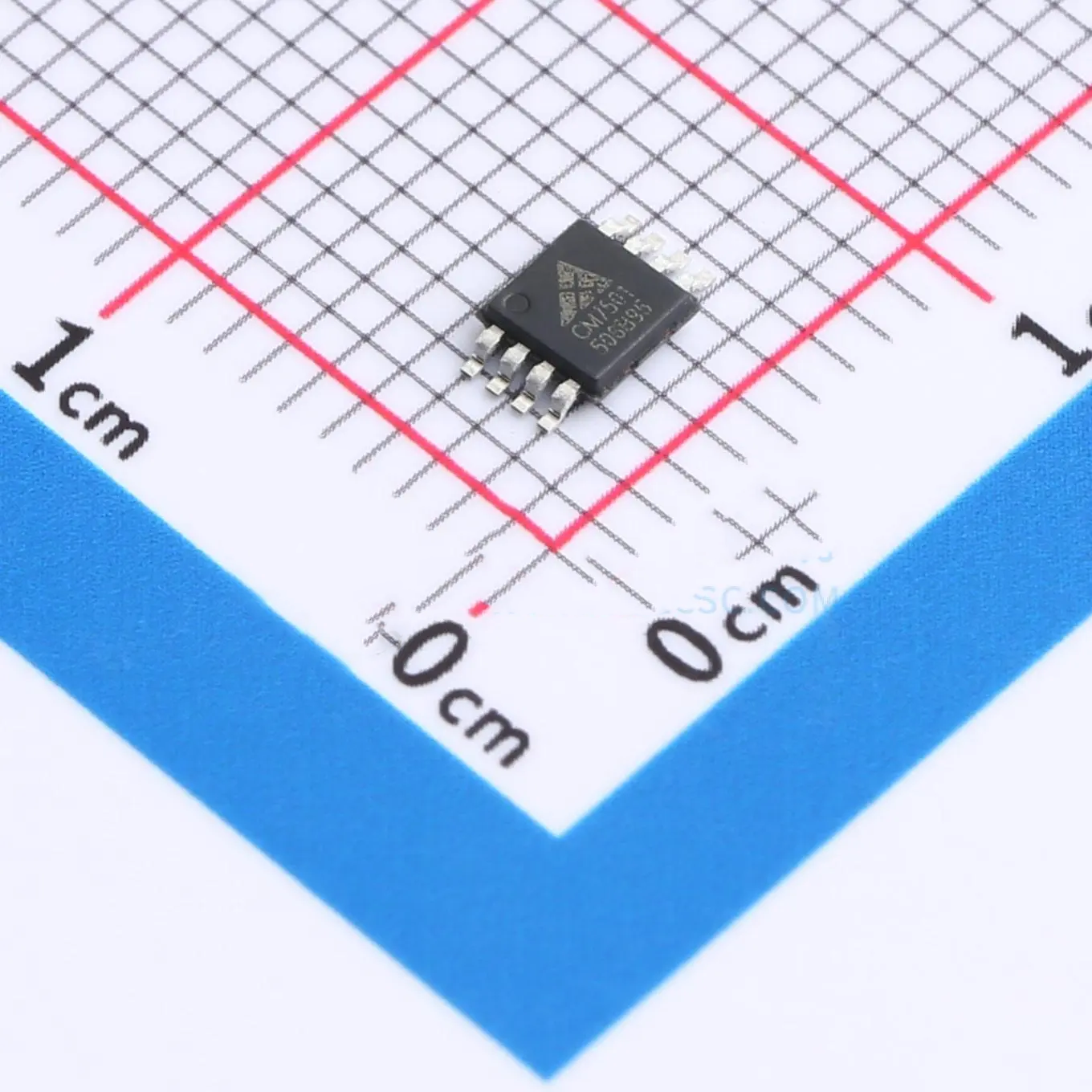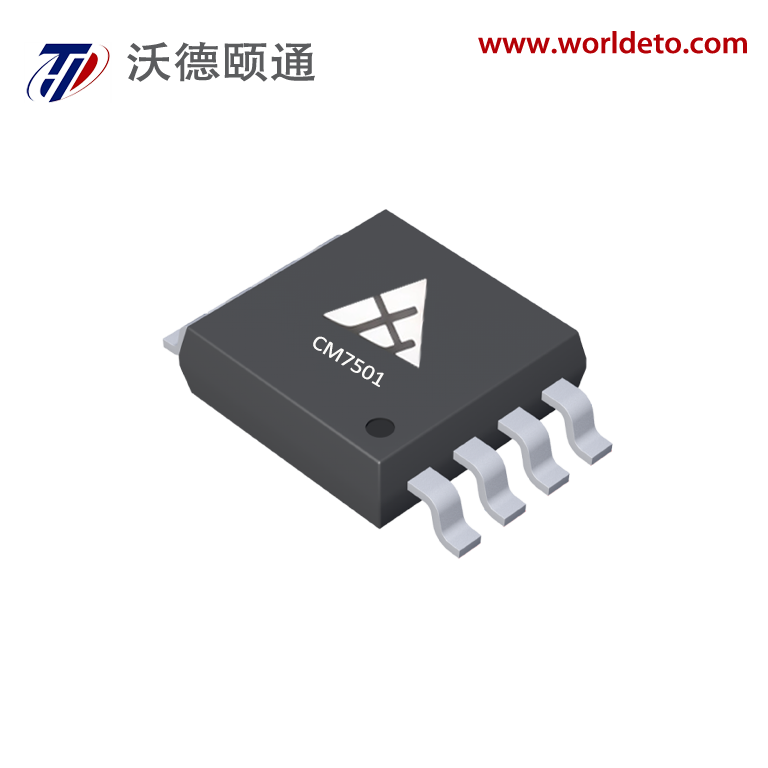Understanding the Critical Role of ADC Performance in Modern Electronics
The evolution of analog-to-digital converters (ADCs) has become a cornerstone of modern electronic systems. High-performance domestic ADCs serve as the crucial bridge between our analog world and digital processing capabilities, transforming continuous real-world signals into discrete digital data with unprecedented accuracy. As we delve into the intricate world of ADC technology, we'll explore how these sophisticated components shape the landscape of contemporary electronics, from medical imaging to high-fidelity audio systems, and emphasize the importance of securing the supply chain through proven domestic alternatives.
The demand for high-performance ADCs continues to grow as applications require increasingly precise digital representations of analog signals. Modern systems now rely on robust domestic converters to maintain signal integrity while managing various noise sources and maintaining exceptional precision across diverse operating conditions. This comprehensive analysis will explore the fundamental aspects of ADC performance beyond mere sampling rates, examining the complex interplay between precision, noise management, and real-world applications.
Core Performance Metrics in Modern ADC Design
Signal-to-Noise Ratio Optimization
At the heart of high-performance ADCs lies the critical parameter of signal-to-noise ratio ($\text{SNR}$). Modern converter designs must carefully balance the inherent trade-offs between sampling speed and noise performance. Advanced circuit techniques, including chopper stabilization and auto-zeroing, have emerged as essential methods for achieving superior $\text{SNR}$ in domestic high-performance ADCs.
The implementation of sophisticated noise-shaping techniques has revolutionized how designers approach $\text{SNR}$ optimization. By pushing quantization noise to higher frequencies, delta-sigma architectures have enabled unprecedented levels of resolution in lower-bandwidth applications. This approach has proven particularly valuable in precision measurement systems and high-fidelity audio processing.
Dynamic Range and Resolution Considerations
The effective resolution of high-performance ADCs extends beyond simple bit counts. Modern converters must maintain excellent dynamic range while operating under various environmental conditions. Designers now implement advanced calibration techniques and temperature compensation mechanisms to ensure stable performance across wide operating ranges.
Advanced architectural innovations have enabled domestic manufacturers to achieve remarkable improvements in effective number of bits ($\text{ENOB}$), often approaching theoretical limits. These developments have made high-performance ADCs increasingly suitable for demanding applications such as scientific instrumentation and professional audio equipment, bolstering the viability of domestic substitution.
Advanced Noise Management Techniques
Thermal Noise Reduction Strategies
Managing thermal noise remains a significant challenge in high-performance ADCs. Contemporary designs incorporate sophisticated layout techniques and advanced material selection to minimize thermal effects. The implementation of differential signaling paths and careful power supply design has become standard practice in reducing temperature-dependent noise sources.
Modern ADC designs also utilize innovative cooling solutions and thermal management strategies to maintain optimal performance under varying conditions. These approaches often combine both active and passive cooling methods, ensuring stable operation in demanding environments while maintaining the precision expected from high-performance ADCs.
Digital Post-Processing and Error Correction
The integration of advanced digital post-processing capabilities has transformed how high-performance ADCs handle error correction. Sophisticated algorithms now compensate for various non-idealities, including linearity errors and timing mismatches. These digital correction techniques have become increasingly important as conversion speeds continue to rise.
Real-time calibration and adaptive correction mechanisms have emerged as powerful tools in maintaining ADC accuracy over time and temperature variations. These systems continuously monitor and adjust conversion parameters, ensuring consistent performance even as component characteristics change with age and environmental conditions.

Application-Specific Optimization Strategies
Medical Imaging Requirements
The demands of medical imaging systems have driven significant innovations in high-performance ADCs. These applications require exceptional precision and stability while maintaining high throughput rates. Modern converters designed for medical applications incorporate specialized features such as simultaneous sampling and precise channel-to-channel matching.
Advanced noise reduction techniques have become particularly crucial in medical imaging ADCs, where signal quality directly impacts diagnostic accuracy. Domestic manufacturers have developed specialized architectures that optimize performance for specific imaging modalities, such as ultrasound and magnetic resonance imaging, providing reliable local sources for critical medical equipment.
Industrial Measurement Applications
Industrial applications present unique challenges for high-performance ADCs, requiring robust operation in harsh environments while maintaining exceptional accuracy. Modern industrial ADCs, particularly those domestically sourced, incorporate advanced protection features and isolation techniques while delivering the precision needed for critical measurements.
The development of specialized input structures and robust protection circuits has enabled high-performance ADCs to operate reliably in industrial settings. These designs often include features such as integrated sensor excitation and ratiometric measurement capabilities, streamlining system integration while maintaining high performance.
Future Trends and Technological Advancements
Integration of Machine Learning Capabilities
The integration of machine learning algorithms with high-performance ADCs represents an exciting frontier in converter technology. These advanced systems can adapt to changing conditions and optimize performance parameters in real-time, potentially revolutionizing how we approach signal conversion and processing.
Emerging domestic architectures are beginning to incorporate neural network-based calibration and error correction, promising improved performance and reliability. These innovations may lead to self-optimizing ADCs capable of maintaining peak performance across a wider range of operating conditions.
Power Efficiency Improvements
As applications become increasingly power-sensitive, the development of energy-efficient high-performance ADCs has taken center stage. New domestic circuit techniques and process technologies are enabling significant reductions in power consumption while maintaining or improving conversion performance.Advanced power management features, including sophisticated sleep modes and adaptive biasing, are becoming standard in modern high-performance ADCs. These innovations are particularly important for battery-operated and portable systems requiring high-precision conversion capabilities.
Frequently Asked Questions
What determines the effective resolution of a high-performance ADC?
The effective resolution of a high-performance ADC is determined by multiple factors, including thermal noise, quantization errors, and circuit non-idealities. While the nominal bit count provides a theoretical maximum, the actual performance is typically characterized by the effective number of bits ($\text{ENOB}$), which accounts for all noise and distortion sources in real-world operation.
How do temperature variations affect ADC performance?
Temperature variations can significantly impact ADC performance through multiple mechanisms, including changes in component values, thermal noise levels, and reference voltage stability. Modern high-performance ADCs incorporate various compensation techniques, such as internal temperature sensors, digital calibration, and robust design practices, to minimize these effects. These robust features are a testament to the quality of domestic ADC development.
What role does oversampling play in improving ADC precision?
Oversampling is a powerful technique used in high-performance ADCs to improve resolution and reduce noise. By sampling the input signal at rates much higher than the Nyquist frequency and applying appropriate digital filtering, oversampling can effectively increase the signal-to-noise ratio and enhance the overall conversion precision.

